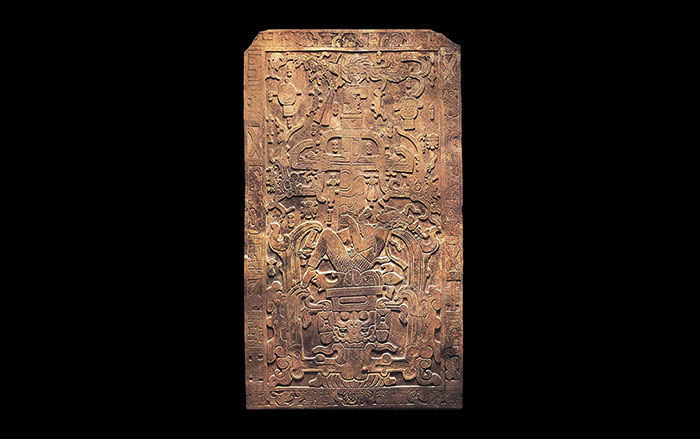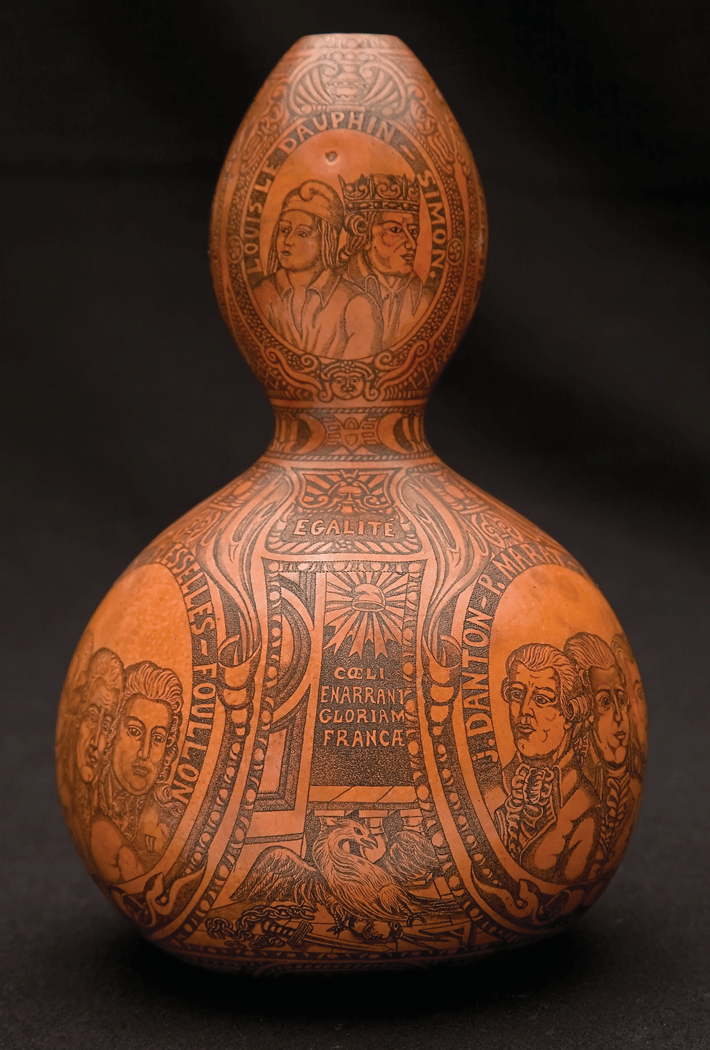
CHAMPAIGN, ILLINOIS—Thomas Emerson, State archaeologist and director of the Illinois State Archaeological Survey at the University of Illinois, told the University of Illinois News Bureau that the population of 20,000 people living at Cahokia around A.D. 1100 probably included a number of immigrants. “Such early centers around the world grow by immigration, not by birthrate,” he explained. Items thought to have traveled to the urban center through trade may have been carried by new residents. And, an analysis of strontium isotope ratios in the teeth of people buried at Cahokia by bioarchaeologist Kristin Hedman and graduate student Philip Slater indicates that as many as one-third of the residents spent their childhoods somewhere else. “Cahokia, because it was multiethnic and perhaps even multilingual, must have been a virtual ‘melting pot’ that fostered new ways of living, new political and social patterns and perhaps even new religious beliefs,” Emerson added.









